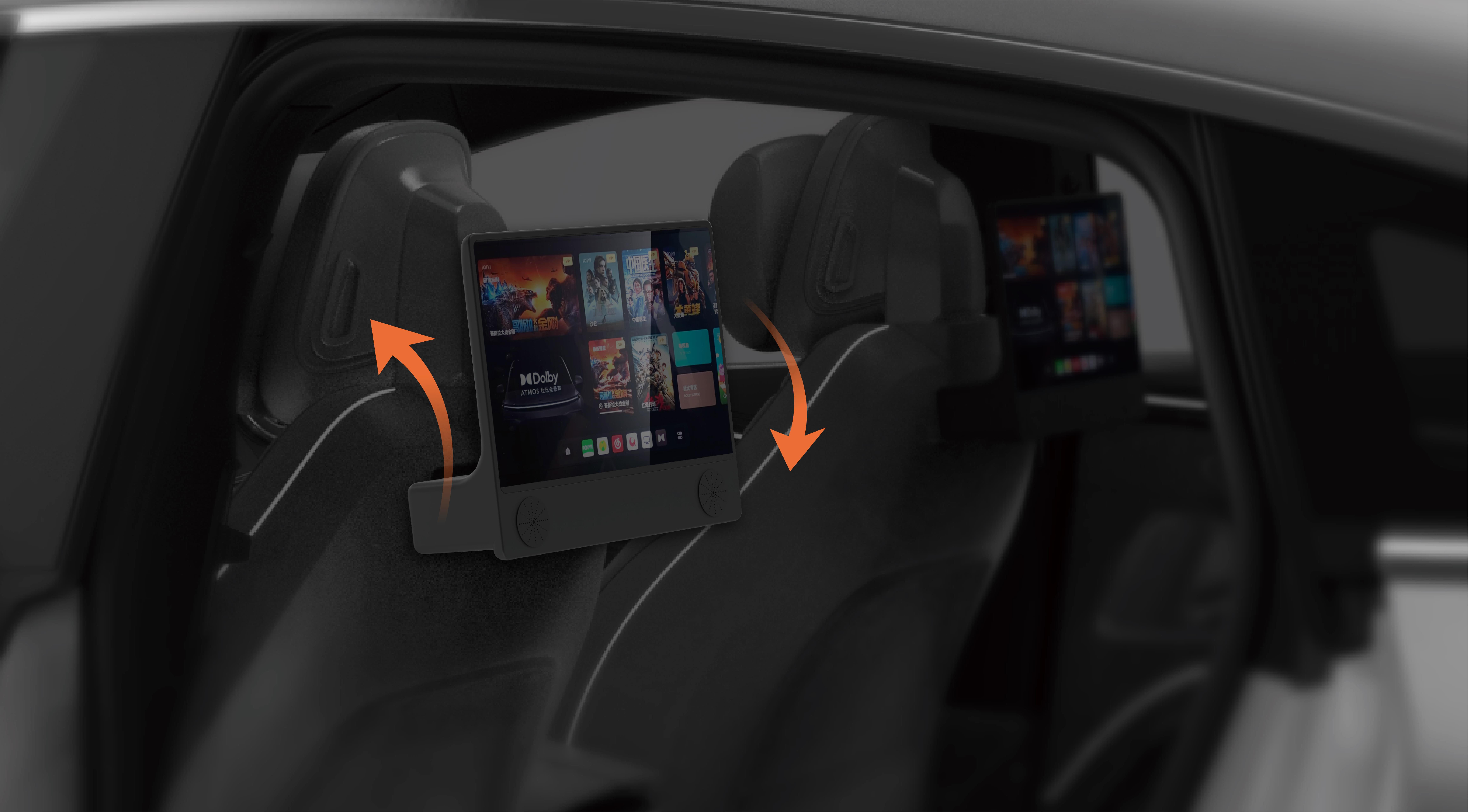Looking into the sg90 servo motor, one of the first questions that pops up is, what voltage range actually powers this tiny workhorse? It might seem simple, but it’s a key detail that makes or breaks your project's success. Let me tell you, understanding this range isn’t just about specs; it’s about how you build, troubleshoot, and innovate.

The sg90 is known for its versatility, from small robotic arms to DIY drone projects. This little guy doesn’t demand a powerhouse, but it still has some boundaries. Typically, this servo operates comfortably within a voltage window of about 4.8V to 6V. That’s roughly 4.8V for ultra-efficient, power-conscious setups, up to 6V if you want a little extra punch. Imagine powering it at 4.8V—it's like offering it just enough fuel to do its job without risking overcharge. Then, shifting to 6V boosts torque and responsiveness, making it great for objects that need a bit more oomph.
Now, here’s a question that often comes up: can you go beyond 6 volts? Well, technically, you can, but it’s risky. Cranking the voltage up might hurt the servo’s internal gears or cause overheating. Think of it like overfire in a small engine—sure, it might run faster for a moment, but it’s likely to wear out sooner or fail. That’s why sticking close to the recommended range ensures longevity.
What about powering more system components? Responsibly managing voltage becomes vital when you integrate the sg90 with microcontrollers or power supplies. Using a regulated power source within the specified voltage range is a simple way to keep everything smooth. Have you noticed that at 4.8V, the servo might seem a tad sluggish? That’s normal, but it remains reliable. At 6V, everything feels crisp and responsive, perfect for projects demanding quick, precise movements.
A good practice is to test the servo with a power supply in small increments—say, starting at 4.8V, see how it responds, then bump up to 6V. What you’ll notice is a significant difference in torque and speed, which can influence your design choices. If it’s a delicate task, lower voltage keeps the servo cool and saves energy. For demanding jobs, pushing toward 6V is often the win.
Let's not forget, quality power regulation isn't just about preventing damage. It’s also about protecting your other components. If your power supply fluctuates—say, it dips below 4.8V or surges past 6V—your servo’s performance might falter or become unpredictable. So a stable voltage source is key.
All in all, mastering the voltage territory of the sg90 servo motor unlocks smarter designs, longer device life, and better project outcomes. The range isn’t just numbers—it's a guide to optimizing performance and ensuring your builds are rock solid. Whether you’re tinkering in a hobby garage or fine-tuning an intricate robot, knowing these voltage nuances keeps everything running like a well-oiled machine.
Established in 2005, Kpower has been dedicated to a professional compact motion unit manufacturer, headquartered in Dongguan, Guangdong Province, China. Leveraging innovations in modular drive technology, Kpower integrates high-performance motors, precision reducers, and multi-protocol control systems to provide efficient and customized smart drive system solutions. Kpower has delivered professional drive system solutions to over 500 enterprise clients globally with products covering various fields such as Smart Home Systems, Automatic Electronics, Robotics, Precision Agriculture, Drones, and Industrial Automation.




































